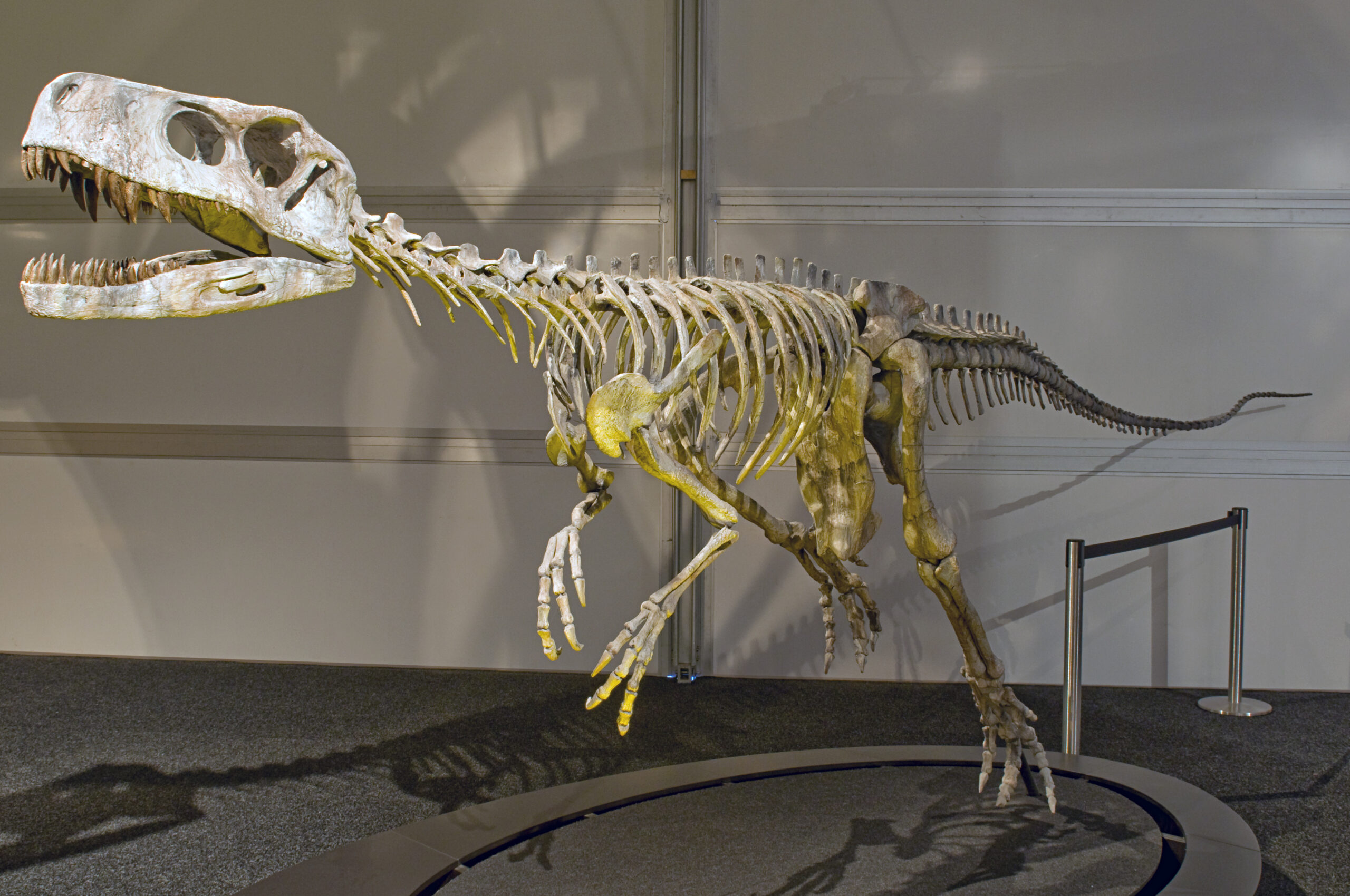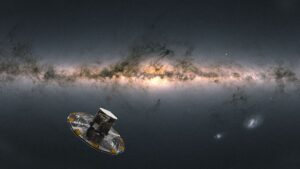Earth has experienced five significant mass extinction events throughout its history. The most recent of these catastrophic events led to the extinction of the dinosaurs.
About 66 million years ago, a colossal asteroid collision with Earth triggered the mass extinction event that eradicated all non-avian dinosaurs.
This event marked the end of the dinosaur era and led to the extinction of approximately 80% of Earth’s animal species.
Following a detailed analysis of metal isotopes dispersed by the impact, scientists believe they have pinpointed the asteroid’s origin.
Contrary to earlier assumptions, this object does not originate from the main asteroid belt. Instead, it comes from the outer reaches of the solar system, beyond Jupiter.
They examined five additional asteroid impacts and found that these collisions originated from asteroids in the inner regions of the solar system.
The asteroid that led to the extinction of the dinosaurs is called the Chicxulub impactor. Estimated to be between 6 and 12 miles in diameter, its high velocity resulted in the creation of a massive crater over 90 miles wide.
NASA reports that the object was traveling at a speed of 15.5 miles per second when it impacted the Earth, landing in what is now known as the Yucatán Peninsula in Mexico.
According to Mario Fischer-Gödel, lead author of the latest study and a geochemist at the University of Cologne, ‘This impact dramatically transformed our planet and paved the way for the rise of mammalian life.’
The impact would have released soot and vapor into the atmosphere, causing the extinction of numerous species.
Furthermore, metals were dispersed and settled across the Earth’s surface. Today, these metals are embedded in a rock layer that delineates the boundary between the Cretaceous and Paleogene periods. This significant geological marker is referred to as the K/Pg boundary.
Ruthenium is a rare metal on Earth, but it is more commonly found in meteorites. The abundance of ruthenium isotopes in an asteroid varies based on its origin.
Researchers investigated ruthenium concentrations at the K/Pg boundary and at five other significant impact sites from the past 541 million years.

The boundary exhibited ruthenium isotope signatures akin to those found in carbon-rich meteorites from the outer solar system, suggesting that the notorious asteroid originated from this region as well.
Impact sites in the inner solar system are more accurately characterized by their composition of silicate minerals, distinguishing them from other types of asteroids.
The latest research challenges the earlier hypothesis that a comet caused the extinction event. Instead, it aligns with previous findings, reinforcing the idea that an asteroid was responsible for the mass extinction.
Understanding the origin of these objects is crucial for scientists to accurately evaluate and prevent similar incidents in the future.
The findings were published in the journal Science.







